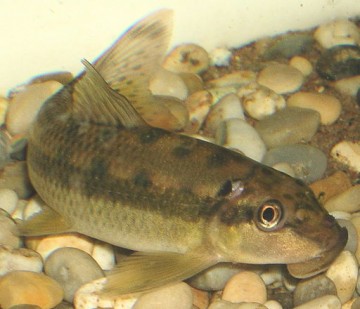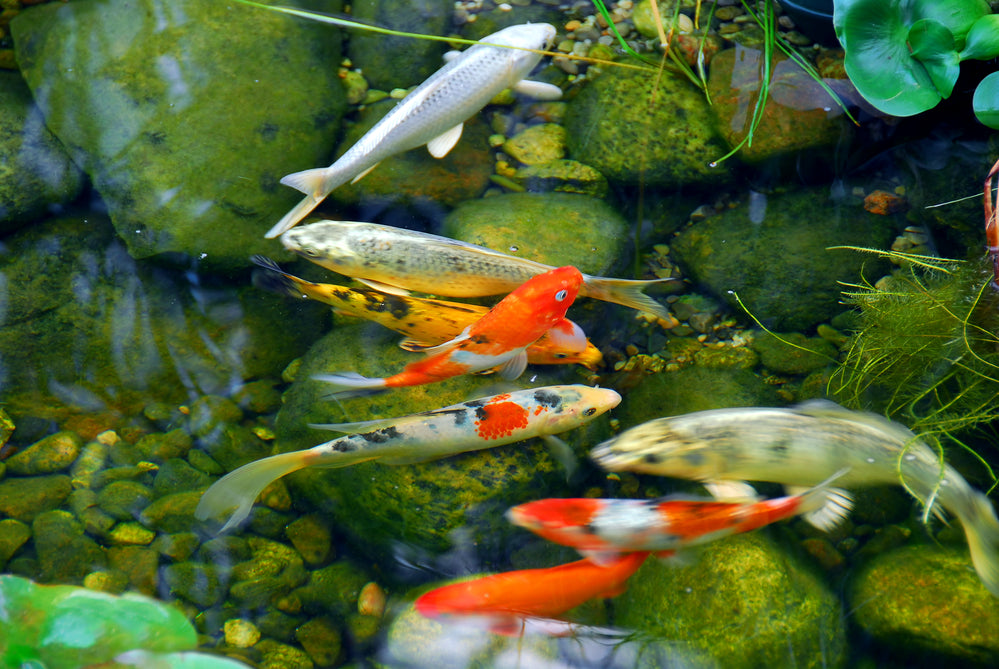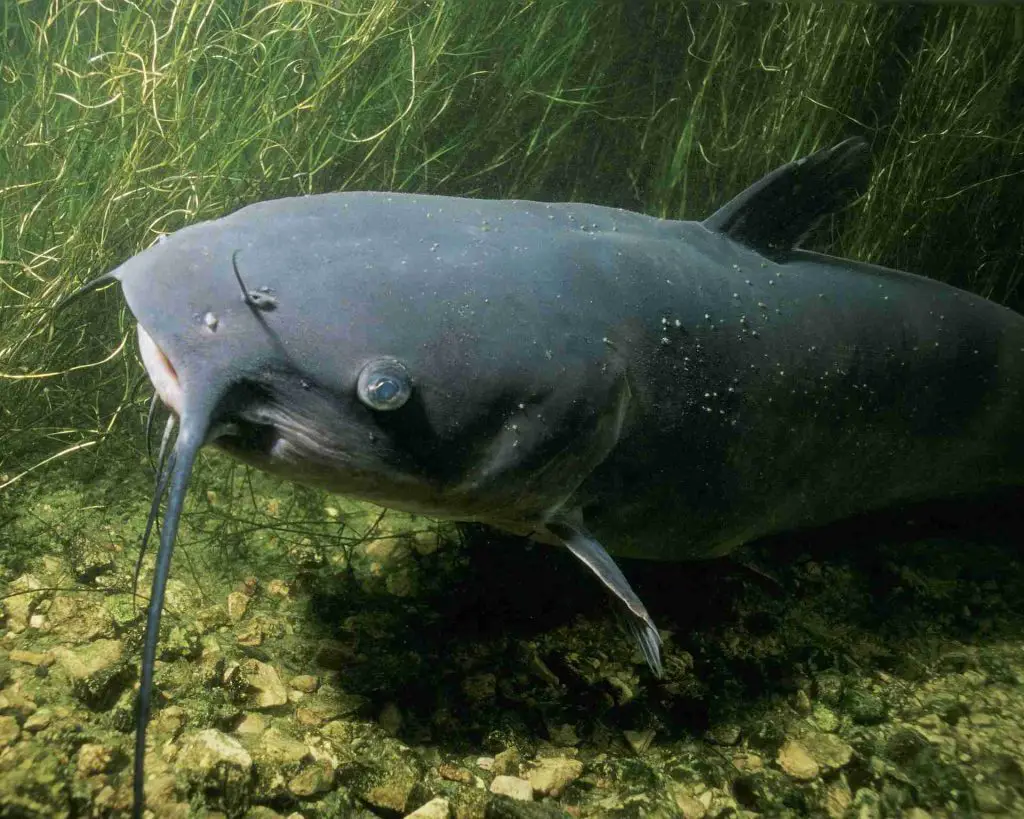Algae are a common nuisance in ponds, causing green, murky water and depleting oxygen levels. Finding the right balance to control algae growth is crucial for maintaining a healthy pond ecosystem. One effective method of algae control is through natural predation, where various organisms consume algae to help keep its population in check. In this comprehensive guide, we’ll explore the diverse range of creatures that eat algae in a pond and how they contribute to maintaining the ecological balance.
1. Fish
Fish play a vital role in controlling algae in ponds. Certain species of fish, such as koi, goldfish, and grass carp, consume algae as part of their diet. These fish are not only beautiful additions to a pond but also serve as natural algae eaters. Koi, in particular, are known for their ability to graze on string algae, while goldfish are efficient at consuming filamentous algae. Grass carp, also known as white amur, are herbivorous fish that can significantly reduce the growth of submerged and floating algae in ponds.
When introducing fish to a pond for algae control, it’s essential to consider the pond’s size and depth, as well as the specific dietary needs of the fish species. Overstocking can lead to an imbalance in the pond ecosystem, so it’s important to maintain a suitable fish population based on the pond’s capacity.

Credit: www.velda.com
2. Snails
Snails are another natural solution for algae control in ponds. Certain species of aquatic snails, such as the common pond snail and the Japanese trapdoor snail, feed on different types of algae, including green algae and diatoms. These snails are particularly effective at consuming algae that grow on hard surfaces, such as rocks, plant leaves, and pond liners.
Introducing snails to a pond can provide a sustainable and low-maintenance method of algae control. However, it’s important to ensure that the snail species chosen are compatible with the pond’s existing ecosystem and water parameters. Overpopulation of snails can also lead to excessive algae consumption and may require monitoring to prevent any negative impact on the pond’s balance.
3. Frogs and Tadpoles
Frogs and tadpoles are natural predators of algae in ponds. As part of their diet, tadpoles consume algae as they graze on submerged surfaces. Additionally, adult frogs may feed on insects and small invertebrates that contribute to the decomposition of organic matter, ultimately reducing nutrient levels that can fuel algae growth.
Creating a suitable habitat for frogs, such as shallow areas with aquatic plants and ample hiding spots, can encourage these amphibians to thrive in a pond environment. By supporting the frog population, pond owners can benefit from their role in maintaining a balanced ecosystem and contributing to algae control through natural predation.
4. Waterfowl
Waterfowl, including ducks and geese, can also contribute to algae control in ponds. These birds consume algae, along with various aquatic plants and invertebrates, as part of their diet. While the presence of waterfowl can help manage algae levels, it’s important to consider the potential impact of their droppings, which can introduce additional nutrients into the water and potentially contribute to algae growth if not managed properly.
Establishing a balance between the presence of waterfowl and the overall pond ecosystem is essential for harnessing the benefits of their algae-eating behavior while minimizing any potential negative effects on water quality and biodiversity.

Credit: www.livingwateraeration.com
5. Aquatic Plants
Although not direct consumers of algae, certain aquatic plants can play a crucial role in controlling algae growth in ponds. Floating plants, such as water lilies and water hyacinths, create shade and compete with algae for nutrients, thereby limiting its growth. Additionally, submerged plants, including anacharis and hornwort, absorb excess nutrients and provide hiding places for algae-eating organisms, contributing to a healthier pond environment.
Introducing a variety of aquatic plants to a pond can help create a natural balance that supports algae control and enhances the overall aesthetics of the pond. Careful consideration of the specific plant species and their maintenance requirements is essential for effectively harnessing their benefits in managing algae growth.
6. Bacteria and Microorganisms
Bacteria and microorganisms play a vital role in maintaining water quality and controlling algae in ponds. Beneficial bacteria, such as those found in biological pond filters and additives, help break down organic matter and nutrients, reducing the available food source for algae. Additionally, microorganisms, including certain types of protozoa and rotifers, consume suspended algae and contribute to the natural balance of the pond ecosystem.
Implementing a proactive approach to support the growth of beneficial bacteria and microorganisms can significantly enhance algae control in ponds. Utilizing biological filtration systems, regular water testing, and appropriate water treatments can help create an environment that promotes the proliferation of these beneficial organisms, ultimately contributing to the reduction of algae levels.
Conclusion
By understanding the diverse array of organisms that contribute to algae control in ponds, pond owners can implement holistic and natural methods to maintain a healthy aquatic environment. From fish and snails to frogs, waterfowl, aquatic plants, bacteria, and microorganisms, each component plays a unique role in the complex web of interactions that regulate algae growth and maintain the ecological balance of a pond.
When managing algae in a pond, it’s important to consider the interconnected nature of the pond ecosystem and strive for a harmonious balance that supports the diverse organisms involved in natural algae control. By leveraging the collective efforts of these organisms, pond owners can create a sustainable and thriving aquatic environment that is both visually appealing and ecologically sound.




